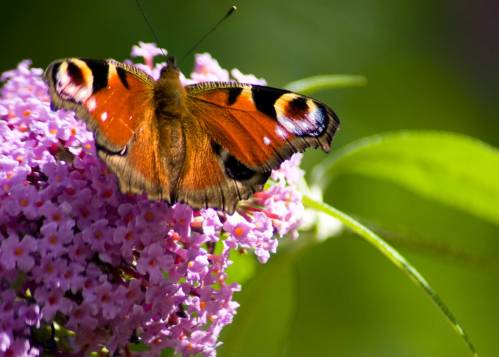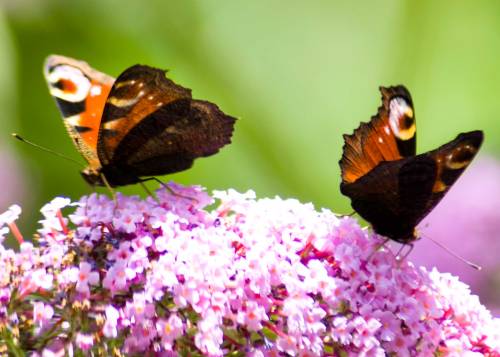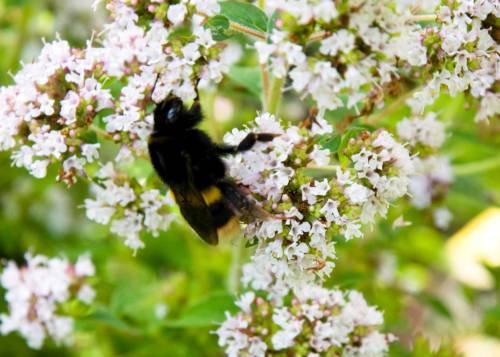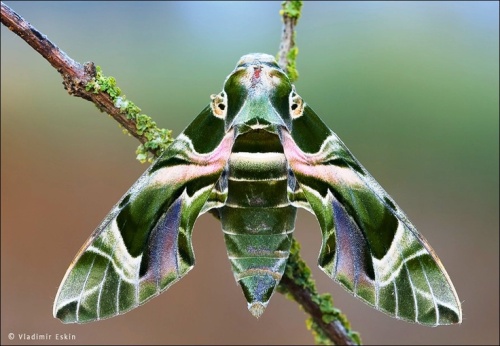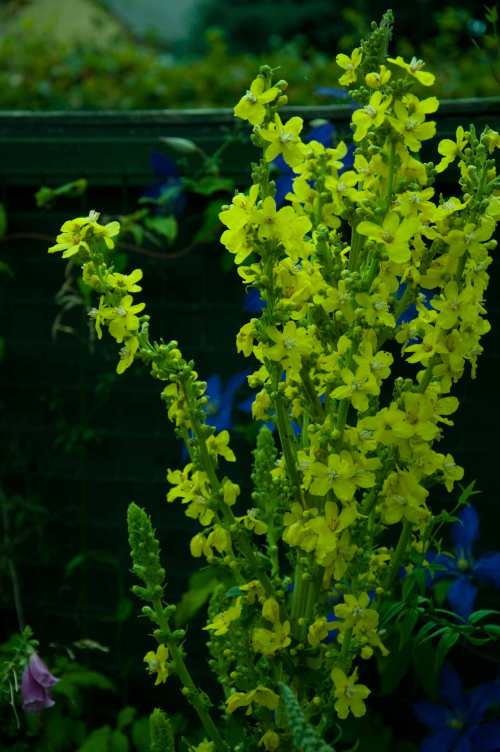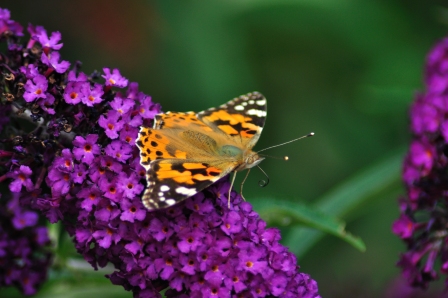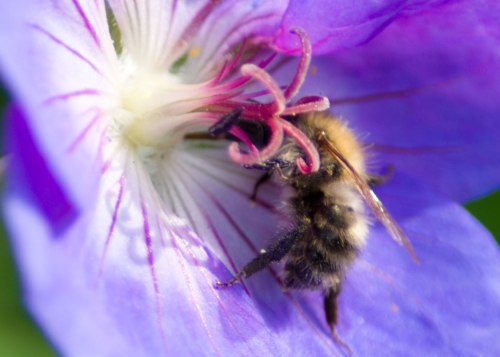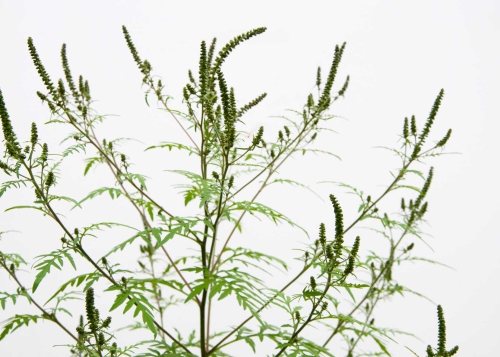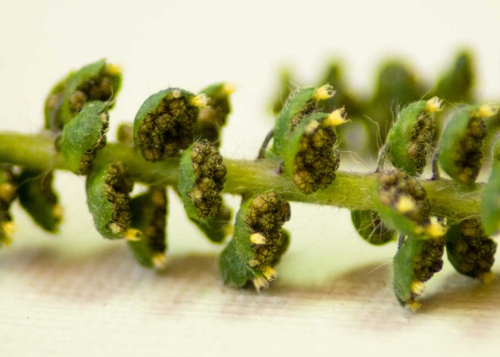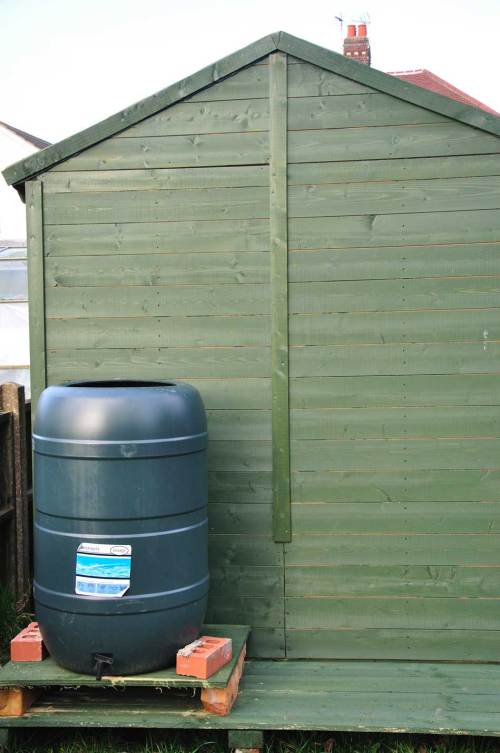Today has been exceptional. Walking back up the garden having sown more radish and beetroot, I disturbed the butterflies feeding. They swarmed in front of my eyes. Such a delightful sight! Most of them were peacocks, but I have spotted today small coppers, a common blue, red admirals and large and small cabbage whites.
That’s just the butterflies. I noticed a couple of years ago when visiting Geoff Hamilton’s garden at Barnsdale Gardens that the marjoram had more bees on it than anything else. As this herb is one I make a lot of use of, I resolved to ensure at least one big clump adorned one of my borders. I have one marjoram and one oregano clump right nest to each other. This has paid huge dividends. Not only do I have plenty for my antifungal, antibacterial tea, but I have many, many bees of many types. Now, I’m no bee expert, but I saw working honey bees, buff tailed bumble bees, leaf cutter bees, white tailed bumble bees and lots of others. Hoverflies dodged their way around them, all feeding and buzzing to my delight. The maxim I keep repeating, ‘build it (or grow it) and they will come’ actually does pay off.
There’s a big event happening. I’ll be getting involved myself. This is a cause that really matters. One third of our food needs pollination by insects, mostly bees. Peaches, runner beans, apples, pears, you name it, bees do the job for us. The Big Butterfly Count 1014 takes place from 19th July (so it’s happening folks) until Sunday, 10th August. Right now, you can help conservation by giving the scientists the information they need. Here’s the link to get you started.
And you can plant marjoram, simple single flowers like these dahlias, Buddleja davidii to help our insect population. Our gardens are hugely important. They cover so much of our land that we can save these insects from their demise if we try. Sorry to rant, but they need our help and it’s such a simple, easy thing to do. Grow simple flowers! Grow herbs. Will you?
Oh, I’ve had to come back and edit this post. My memory is tragically bad. I mentioned birds, didn’t I, in my title? That was to remind you. They need water. If you don’t have a pond, please put out a dish of water or a bird bath. They need to drink and bathe. Many have visited my bird bath today. They’re lovely to watch, so don’t miss out.

